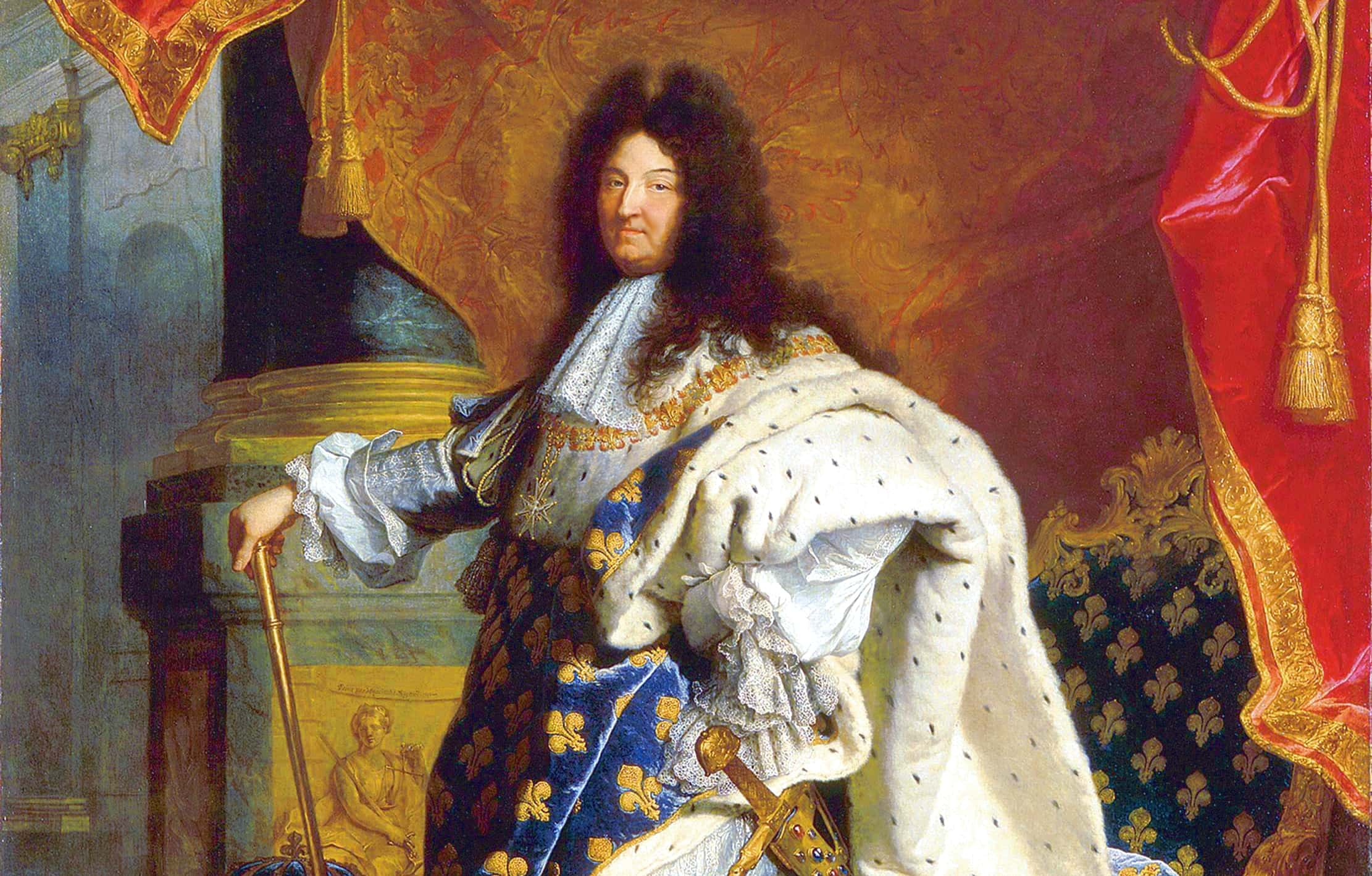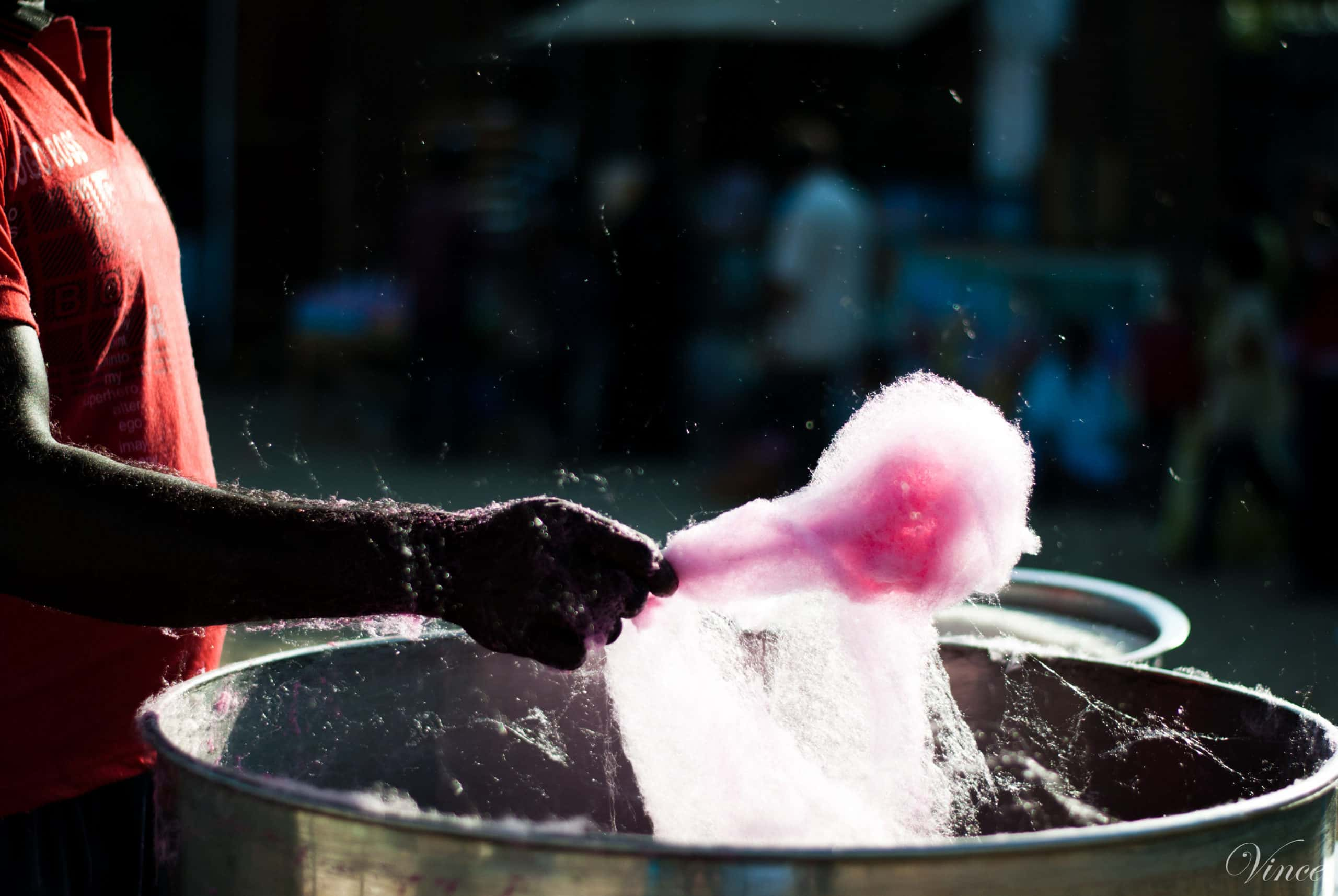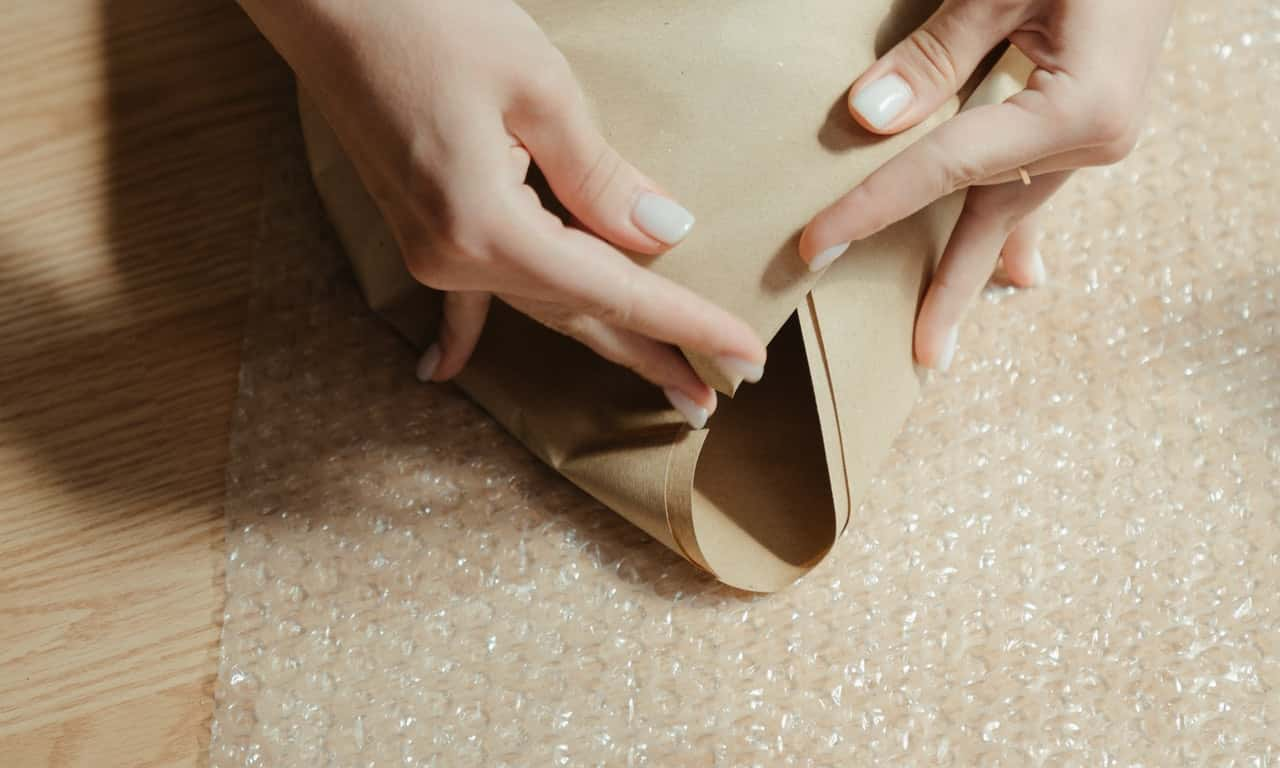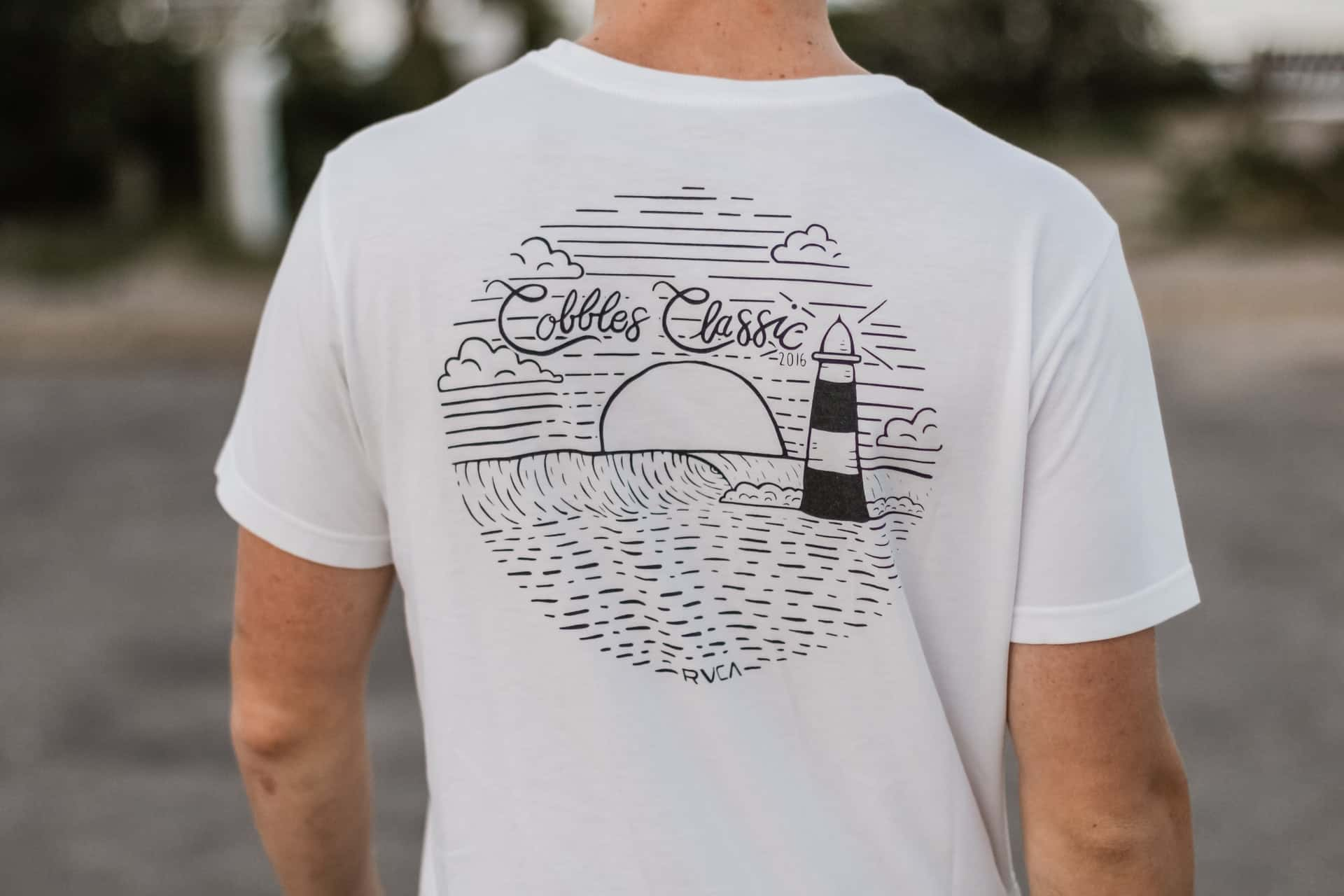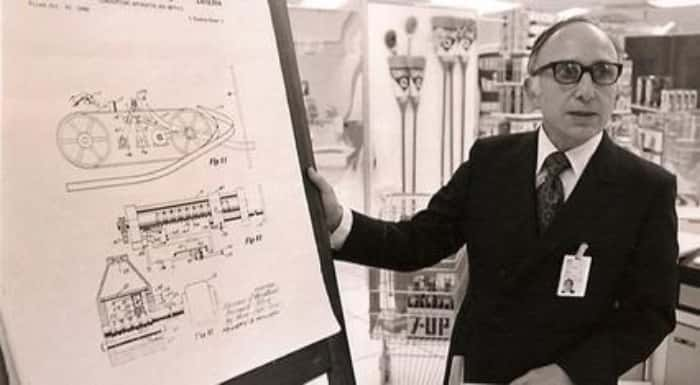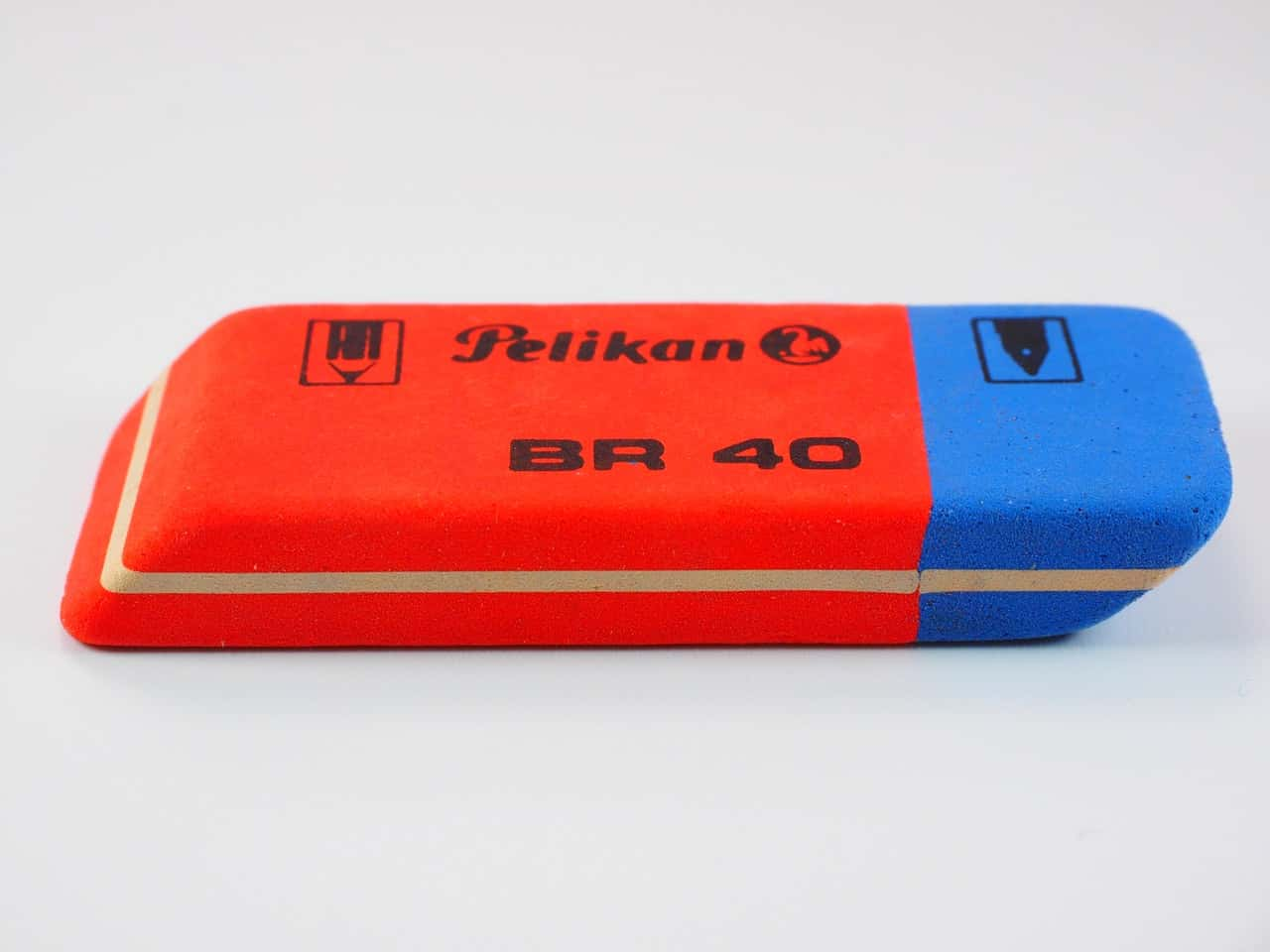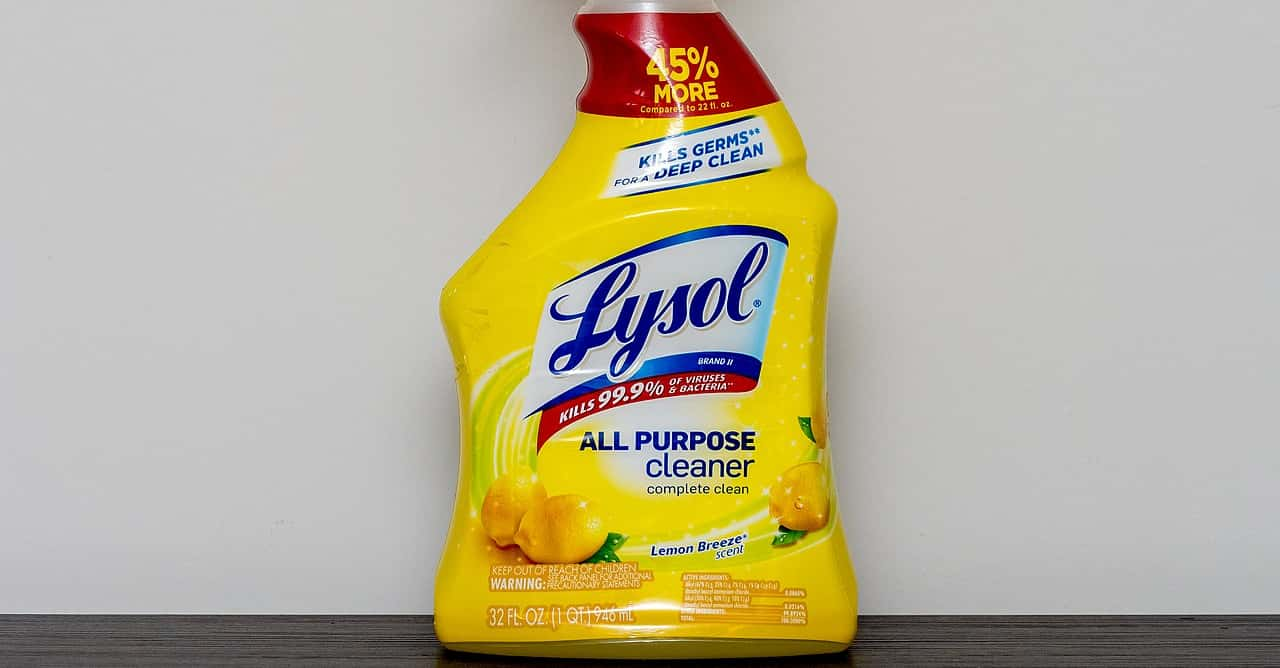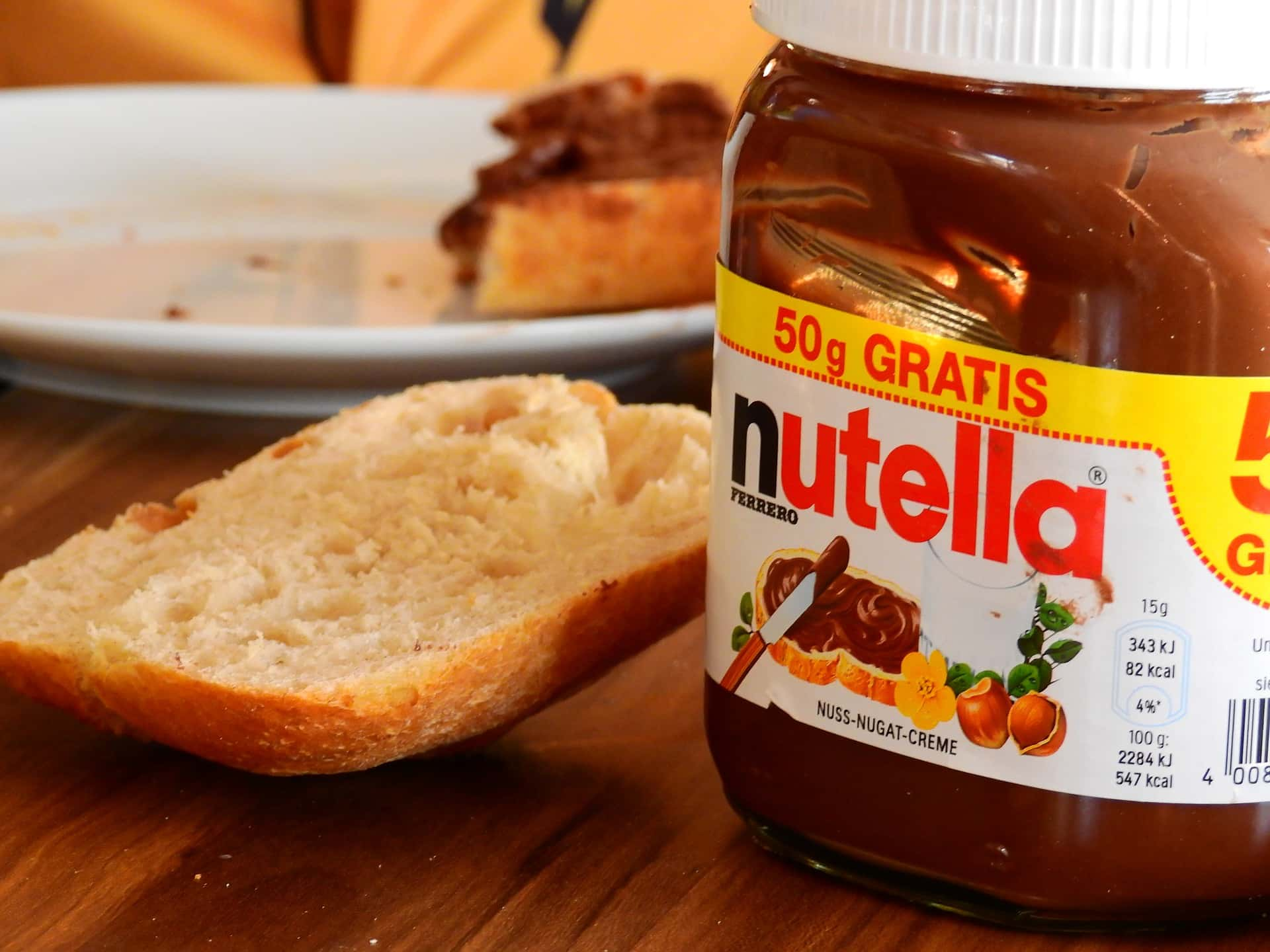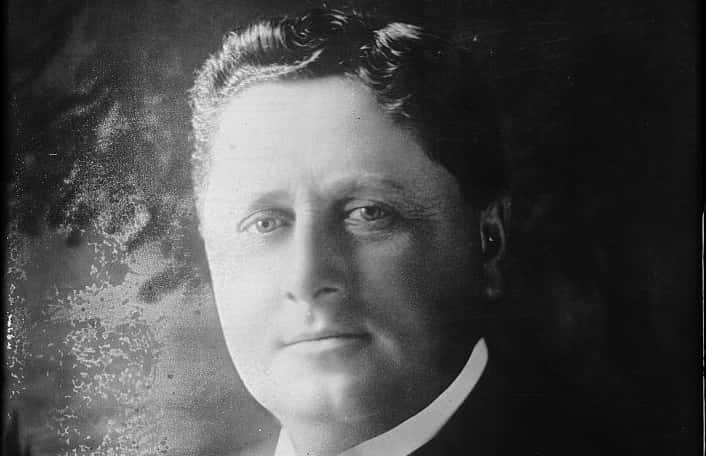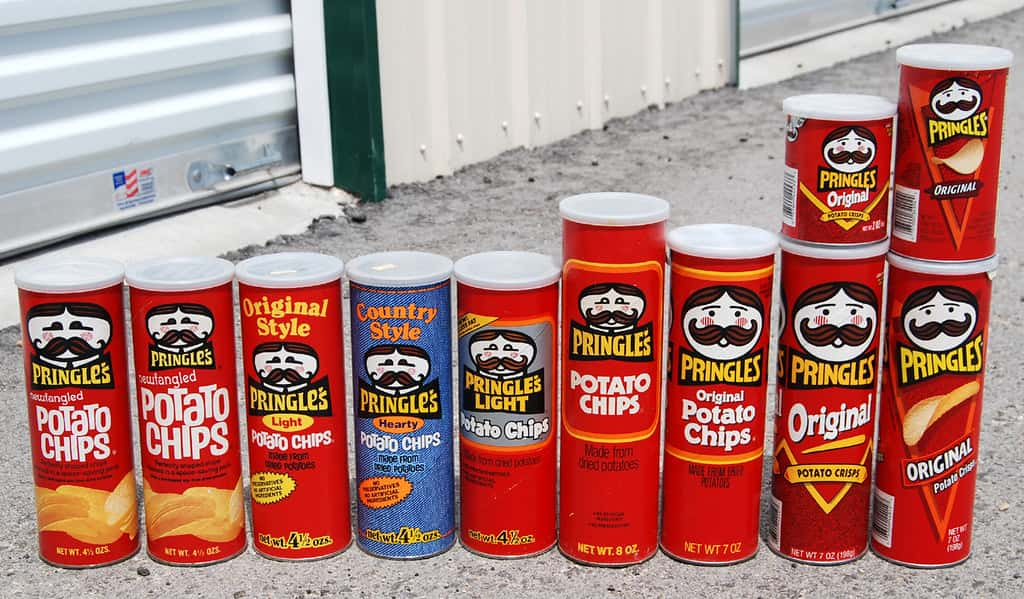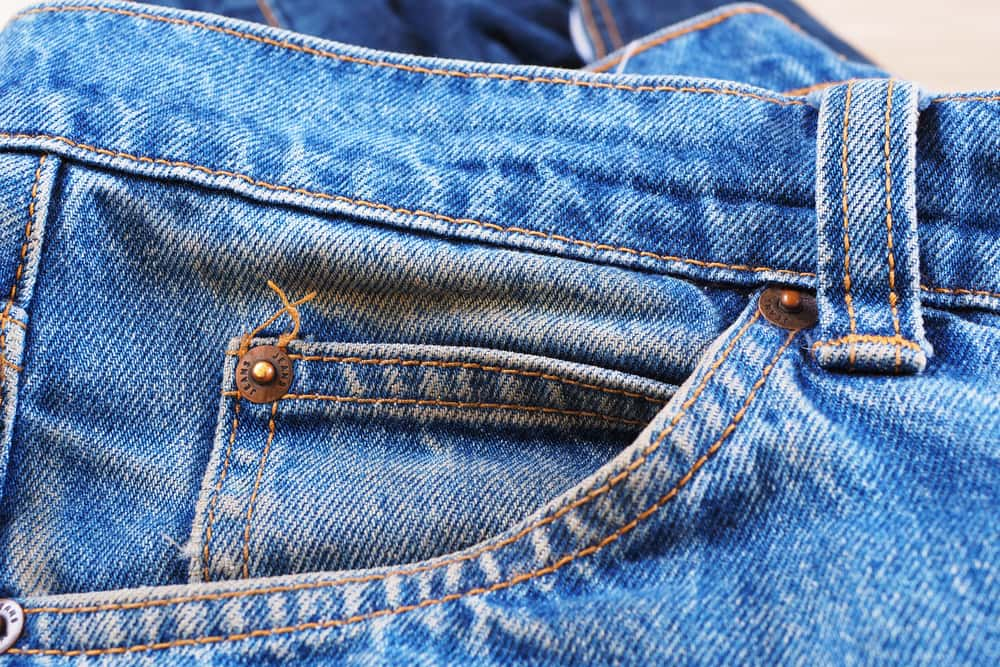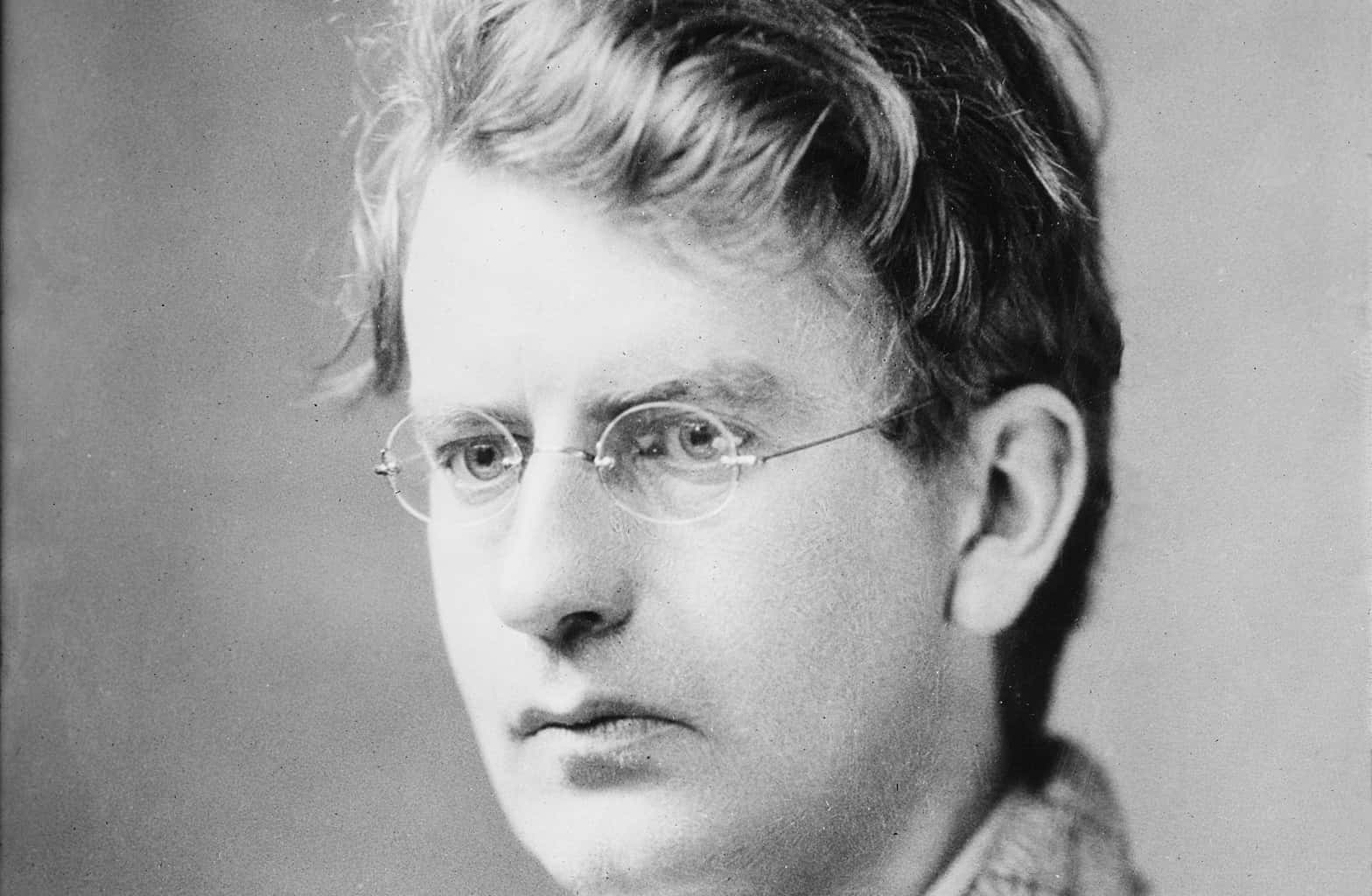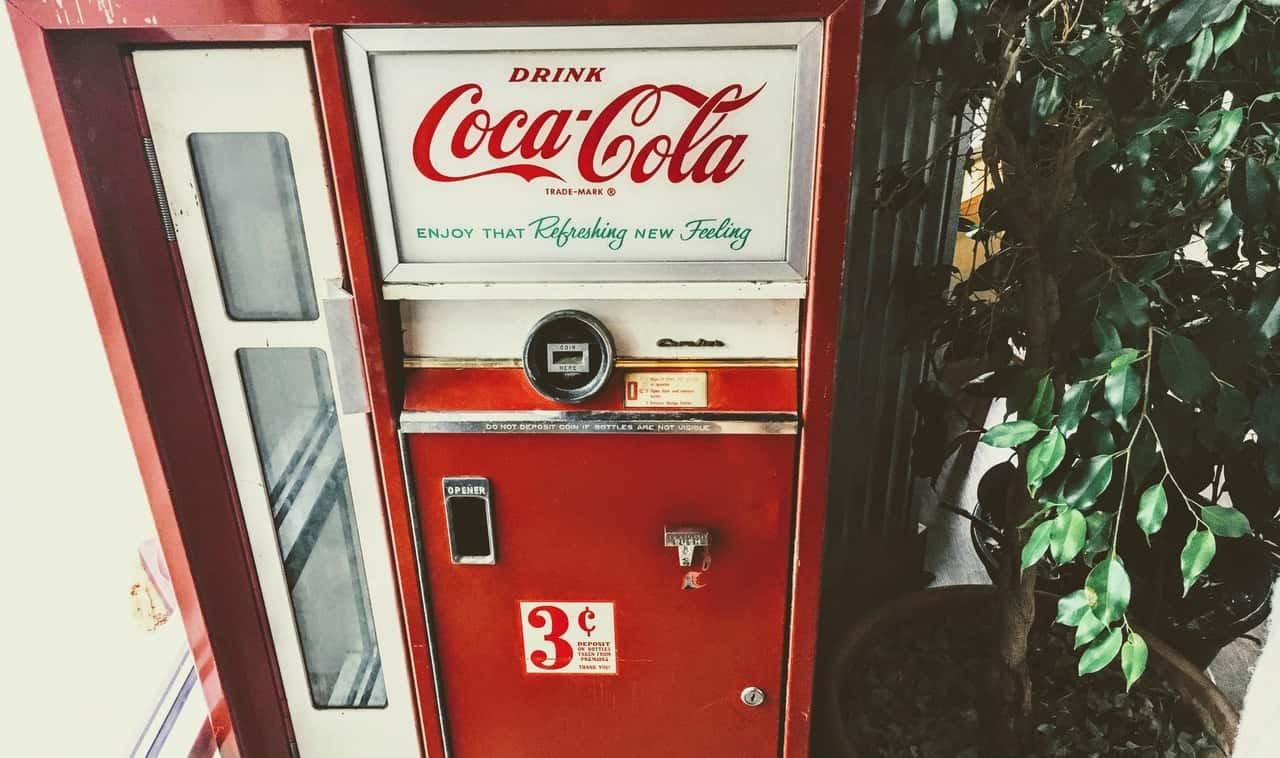The world around us is full of things we take for granted. Everyday items that we don’t think twice about. But where do they come from and how did they get to be a part of everyday use? Some common household items have weird backstories, and sometimes their inventors are not who we might expect. For example, Wi-Fi was actually created by a Hollywood star! And just wait until we reveal what a chainsaw was initially invented for. Our lives are full of common things with bizarre, fascinating, and sometimes unbelievable histories. From serendipitous chewing gum to fictional parachutes, here are 42 facts about the uncommon histories of common things.
Changing Facts About Everyday Things
42. Stay to the End
We’re used to getting to the theater early to catch a glimpse of coming attractions, but have you ever wondered why movie previews are called “trailers”? It’s because originally they were shown at the end of movies, after the credits had rolled. Credit screens tended to be shorter then, which meant you didn’t have to wait long to see what was coming next.
41. Coming Soon to a Movie House Near You!
The very first movie trailer to ever be shown in America was in Lincoln, Nebraska in 1913. Nils Granlund, an advertising manager, devised a short promotional video for The Pleasure Seekers. The tactic was a huge success and it quickly caught on across the United States. And to think, some of us try to skip them now.
40. Boom Goes The Dy-Gnome-Mite!
They’re whimsical, weird, kitschy, and perhaps even a little terrifying: garden gnomes are mostly associated with Switzerland and Germany, and in their modern form began popping up in gardens around the 17th and 18th century. But gnomes' roots go much further back. Ancient Romans used to place small statues of the fertility god Priapus in their gardens around Rome.
 Pexels
Pexels
39. Roll Back the Clock
A croissant brings up everyday dreams of leisurely Parisian cafés and French charm. But it turns out the croissant didn’t even originate in France. The origin of the croissant can be traced back to the Austrian kipferl from the 13th century. An Austrian officer named August Zang brought the pastry to Paris in the late 1830s when he opened a Viennese bakery on the Rue de Richelieu.
 Pexels
Pexels
38. March of the Sartorialists
The necktie has been fashion staple for centuries, and the bane of sartorially-challenged men for almost as long. The modern necktie came from Croatia and spread to Paris and other European cities during the Thirty Years’ War in the 17th century. The French word for a necktie, cravate, is actually a combination of the Croatian and French words for Croats. Hrvati (the Croatian word) plus Croates (The French word) equals cravate!
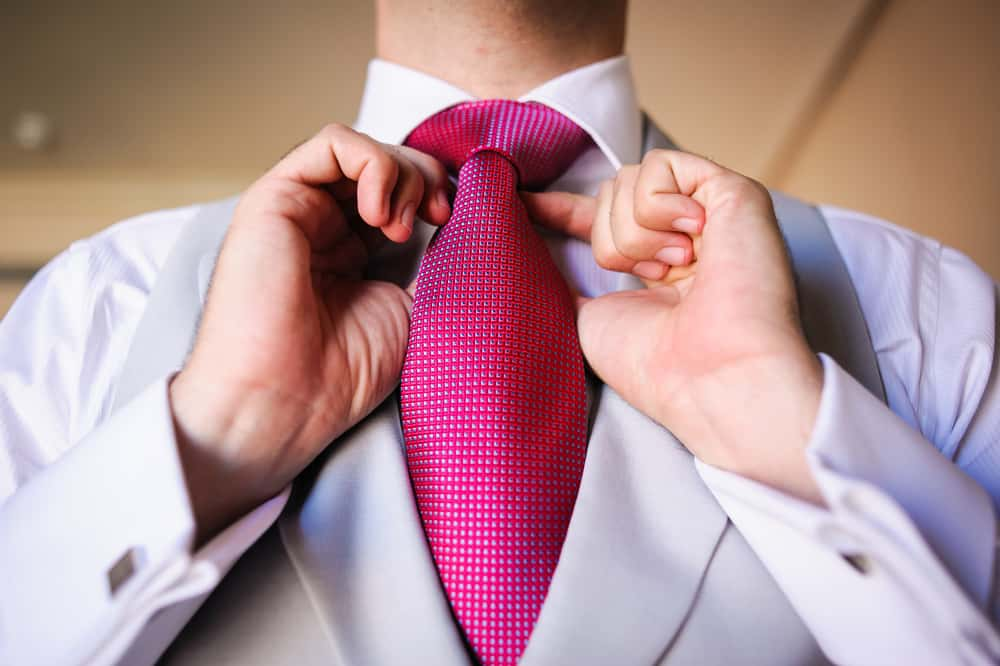 Shutterstock
Shutterstock
37. In Vogue
Neckties only really came into vogue when the seven-year-old king Louis XIV started to wear lace cravats in 1646. French nobility took up the trend with immense complexity, which is in part how we have so many different types of knots for ties to this day.
36. A Bit Knotty
I’m not afraid to say it: the half-Windsor knot is for teenage boys going to prom who have never tied a tie before. There are so many more appealing ways to tie a necktie knot. 85 ways, in fact. Thomas Fink and Yong Mao, researchers at the Cavendish Laboratory at Cambridge, discovered that a conventional tie could have 85 different types of knots. Not (ha!) all of them were considered “aesthetically pleasing,” though.
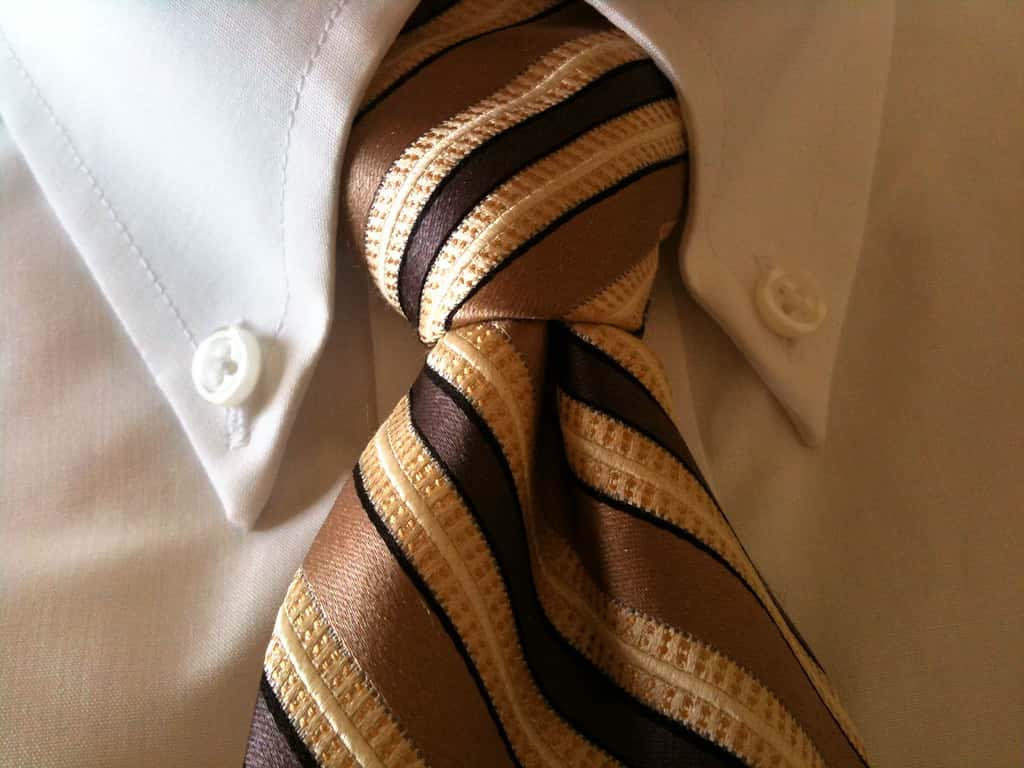 Flickr
Flickr
35. Hot Spot(light)
“What’s the Wi-Fi password,” the struggling young writer says to the barista at the local coffee shop. Well, young writer, you have a movie star to thank for that free internet access. Hollywood actress and icon Hedy Lamarr moonlighted as an inventor. Her work on frequency-hopping signals became quite important to the military, and she was a big reason why we have Wi-Fi all over the place today.
 Wikimedia.Commons
Wikimedia.Commons
34. Sticky Situation
Machine-spun cotton candy is an absolute staple of fairgrounds across North America. The fluffy, sticky, and sweet confection is a nightmare for your teeth, which is probably why it comes as a bit of a shock that the stuff was invented by a dentist. William Morrison and John C. Wharton invented “Fairy Floss” in 1897, and it debuted at the 1904 World’s Fair.

History's most fascinating stories and darkest secrets, delivered to your inbox daily.
33. Wrap It Up!
Alfred Fielding and Marc Chavannes, two engineers based in New Jersey, were attempting to create a new fad for home décor by inventing textured wallpaper. In the process they accidentally created Bubble Wrap. Imagine how much time everyone could be wasting if their walls were pop-able. Houses would be so satisfying.
32. Wait, It Does What?
So yes, when Bubble Wrap was first invented, it was supposed to be wallpaper. When nobody (obviously) wanted that, it was marketed as greenhouse insulation. It wasn’t until 1960, a year into its production, that people discovered that Bubble Wrap was a perfect tool for protecting breakable items.
31. In Stitches
The T-Shirt first appeared as an outerwear garment during the 1898 Spanish-American War, and it first became popular with the US Navy in 1913. Part of the reason these shirts were so popular is that they didn’t have buttons that would need to be sewn on. Naturally, t-shirts were then marketed for bachelors who also didn’t know how to sew on their own buttons. Sigh, men.
30. Scanning the Horizon
Barcodes are ubiquitous these days in products and bad attempts at art, but it was a tough go for the inventors of the barcode for a long time. Bernard Silver and Norman Joseph Woodland invented the barcode while studying at the Drexel Institute of Technology. After several attempts of trial and error, they discovered a system for scanning that was based on the principles of Morse code. Although they received a patent in 1952, it took decades for the barcode to catch on.
29. Birthday Rituals
The lights go down, everyone sings happy birthday, and you blow out the candles. Pretty common scenes, but where did it start? While some suggest the cake and candles routine dates back to the Ancient Greeks as a ritual offering to the goddess Artemis, the modern tradition seems to start in the mid-18th century in Germany. Count Ludwig Von Zinzindorf (great name) was known to throw lavish parties with cakes replete with candles.
 Pexels
Pexels
28. Keeping It Tight
After her sister Victoria Woodrow complained about her experiences exercising in a regular bra, Lisa Lindahl got to work with design partner Polly Smith creating the first mass-market sports bra. It was called the “jockbra” after Lindahl’s husband suggested she should design a jockstrap for breasts.
27. Earning That Dough
An American chef and educator, Ruth Graves Wakefield created the first ever chocolate chip cookie (known as the Toll House cookie) in 1938. The chocolate chip cookie is a beloved treat now, and Wakefield made quite the business arrangement with Nestle when they bought the recipe from her. She sold it to the company for only one dollar, but there was a catch: she was given an unlimited, lifetime supply of Nestle chocolate, which she made the cookies with in the first place.
26. Is It Ready Yet?
Skype, FaceTime, international spy rings: web cams have been a massive invention for communication and even espionage. And to think, it all started with a coffee pot. In 1991, researchers in the Trojan Room at the University of Cambridge were tired of getting up to check if there was coffee after a few hours. So Quentin Stafford-Fraser wrote a program that transferred a local video of the coffee pot to his computer. Images of the coffee pot remained a part of the early days of the World Wide Web until 2001.
25. Is Everything to Your Liking?
The traditional way to drink cacoa is to mix it with water, which tastes quite bitter. Sir Hans Sloane, an Irish physician, found it just a little bit too bitter for his liking when he visited Jamaica in 1687. So he decided to cut the bitterness by mixing it with milk (he was likely not the first, though he was the most famous, to do so). And voila, chocolate milk was born! Grocers back in Europe began selling the drink as a medicinal elixir in the 18th century.
24. Stick the Landing
Velcro is now a common way for little kids to avoid having to learn how to tie laces, and it’s all thanks to a walk in the woods. The fastener was invented by George de Mestral in 1941. The Swiss engineer always wondered why Burdock seeds would get stuck to his dog, and he figured out that he could create a similar effect with fabric!
 Pixabay
Pixabay
23. Is Anybody in There?
When refrigerators were first invented, their doors didn’t use magnetic strips to seal shut like they do now. Instead, the first refrigerators had latch handles to keep the inside airtight. By the 1950s, child death due to suffocating inside refrigerators was such an epidemic that the United States even passed a law that banned latch-doored refrigerators. The Refrigerator Safety Act passed in 1956, and since then only fridge doors with magnetic strips have been produced.
 Pexles
Pexles
22. Rubbing out
Before rubberized erasers were invented by the English engineer Edward Nairne in 1770, the most common instrument used to erase pencil markings was actually crustless bread. In fact, Nairne only figured out that rubber worked because he accidentally picked some up instead of breadcrumbs when he attempted to erase some of his writing. Eureka! He hit on rubberized gold.
21. Graceful Descent
Although the modern prototype for the parachute can be traced to Leonardo da Vinci in Renaissance Italy, the first known depiction of a parachute went back way further. In Sima Qian’s Historical Records from the Western Han Dynasty in Ancient China, the writer tells the story of Shun, a legendary emperor who attempted to escape the murderous wrath of his father. Trapped at the top of a tall building, Shun grabbed two bamboo hats and leaped off the top while floating gently to the ground. While the story offers no real prototype, it does demonstrate that the Ancient Chinese understood the mechanics of wind resistance.
20. Burning Down the House?
Do you know who invented the fire hydrant? If you said yes, you’re a liar because nobody knows for sure. That’s because the United States patent office, which could give us the answer, burned down in 1836. The running theory is that the inventor was Frederick Graff senior, who was chief engineer of the Philadelphia Water Works in 1801. I guess the patent office could have used a fire hydrant, huh?
19. What’s My Pin Again?
PIN numbers for your ATM were almost six digits instead of four. When Scotsman John Shepherd-Barron invented the ATM around 1967, he figured a six-digit PIN number would be best suited for everyone to use, as he could always remember six numbers. The reason it changed to four? Because his wife told him over breakfast that she could only remember four numbers.
18. A Wipe a Day Keeps the Doctor Away
Lysol disinfectant is now a pretty common household product used to clean kitchen counters amongst other things, but it was originally created as a way of preventing the spread of disease. The product was created by a German physician named Gustav Raupenstrauch and it was meant to help end the cholera epidemic of the late 19th century.
17. Not the Best Idea
Lysol Antiseptic Disinfectant was first marketed in the 1920s as a feminine hygiene product used for vaginal douching. Doctors quickly figured out that this wasn’t exactly the best idea for women’s health, as it was killing protective bacteria. Medical experts quickly denounced the use of Lysol for such purposes, but you can still find old advertisements for it at the Smithsonian.
16. A lot of Horsepower
When Hubert Cecil Booth invented one of the first powered vacuums in 1901, the machine was, shall we say, cumbersome. Booth would rent out his machine, which required a massive combustion engine to use. Nicknamed “Puffing Billy,” Booth’s vacuum was carted around on a horse-drawn carriage, making the service exorbitantly expensive.
 Shutterstock
Shutterstock
15. What’s in a Name?
Barbie, the classic doll that has been around since 1959, actually has a middle and last name, and her parents have names, too. In the 1960s the publisher Random House printed a series of novels about Barbie that created a fictional biography. In those novels, her full name was Barbara Millicent Roberts of Willows, Wisconsin, daughter of George and Margaret Roberts.
 Shutterstock
Shutterstock
14. Sprechen Sie Deutsch?
Barbie comes from German stock. Sort of. When Ruth Handler created the very first Barbie doll in 1959, she used a German doll called Bild Lilli as her inspiration. And that German doll was inspired by a rather adult comic-strip character named Lilli that appeared in the tabloid Bild. In one comic, Lilli is reprimanded by a policeman for wearing a two-piece bathing suit in public. She replies, "Oh, and in your opinion, what part should I take off?" Saucy, German Barbie!
13. Making Due
Nutella has become kind of a cult celebrity of the bread-spread world, but it was originally made as a version of cocoa spread. With access to cocoa limited in post-war Italy, an Italian baker named Pietro Ferrero decided to make use of the abundant hazelnut production in the Piedmont area of Italy. By 1951, Ferrero had mastered a creamy version of the spread that he called Supercrema. It was eventually renamed Nutella, as advertising was geared towards a larger European market.
12. Hook, Line, and Sunken
The first ever “zipper” was invented by Elias Howe in 1851. The patent, of course, wasn’t for a zipper as we know it, but instead it was for an “Automatic, Continuous Clothing Closure,” which…has a certain ring to it. Unfortunately for Howe, he didn’t really think much about the invention and never attempted to make it available for the public market. These days zippers are the most used fasteners in the world.
11. Chicken or Egg?
You would think given the nature of the technology that a common match was invented before the mechanical lighter, but you would be wrong. The first lighter was created by a German chemist named Johann Wolfgang Döbereiner in 1823. Friction matches, on the other hand, weren’t successfully manufactured until the English chemist John Walker mastered a design in 1826. Of course, other types of matches, such as sulfur matches, have been around in Chinese courts since the mid-14th century.
10. A Bone to Pick
Toothpicks continue to be present at the front tills of diners across the land, and they’ve been used as oral hygiene instruments since before early modern humans existed. Remains of Neanderthals have been shown to contain markings on the teeth that indicate the use of a teeth picking tool.
 Shutterstock
Shutterstock
9. Truth and Virtue
The iconic comic character Wonder Woman stands for truth and virtue, which makes sense given that her creator also helped invent the lie detector test. William Moulton Marston, who began writing the Wonder Woman comics in the 1940s, also invented the systolic blood pressure test (which is still used in polygraph tests today) alongside his collaborator and wife Elizabeth Holloway Marston.
 Shutterstock
Shutterstock
8. A Novel Idea
The pillar box, a kind of post box seen throughout Britain and former colonies of the British Empire, was invented in part by a novelist. Anthony Trollope, who was also the Surveyor for the Western District of the British Post Office, was sent to the Channel Islands to figure out the best way to efficiently collect mail in the remote location given the irregular sailing times on the channels. Leave it to a man of letters to figure out how to collect the mail.
7. Sticky Situation
Wrigley’s is a name now synonymous with chewing gum, but this was apparently a coincidence. Founded by William Wrigley Jr. in 1891, the Wrigley’s company started with $32 and made scouring soap as well as baking powder. In an attempt to help sales of the baking powder, Wrigley started offering two free packages of gum with the product. The chewing gum turned out to be way more popular than the actual baking soda, so Wrigley turned his attentions to the gum industry. It was quite the successful move, as by 1921 Wrigley was the majority owner of the Chicago Cubs baseball team.
6. Making a Fortune
Fortune cookies, a staple of Chinese restaurants across North America, are indeed as American as apple pie. While many different groups claim to have created the confection, what is certain is that the cookie was first created during the railroad expansion in California during the gold rush. Japanese restaurants were the first to make major use of the cookies, but this changed around World War II, likely with the internment of Japanese-Americans. During the war, Chinese restaurants began making the cookies.
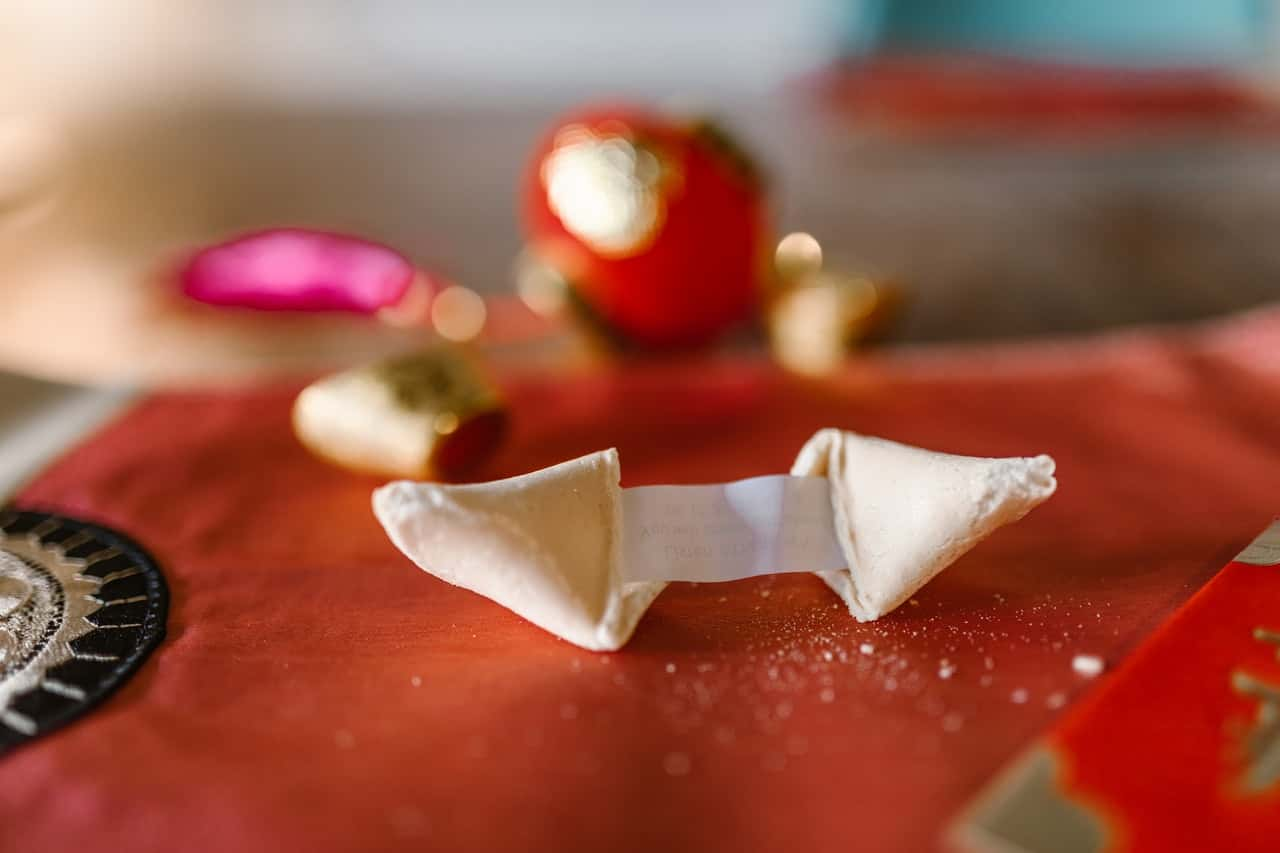 Pexels
Pexels
5. Die as You Lived
Fredric John Baur, the organic chemist who invented the distinctive Pringles can in 1966, devoted his life to the technology of food storage. Naturally, it followed that his death should be dedicated to that devotion. Upon his death, Baur was cremated and his ashes were placed in a Pringles can. It all stacks up in the end.
4. A Little Pocket of Time
The little pocket inside the bigger front pocket on your jeans seems like a bit of a waste given how little it can hold. But it was originally made part of the design because it held pocket watches. Cowboys on the frontier needed to have easy access to their watches. I guess the design just stuck!
3. You Have to Press Input, Dummy!
Although the technology that went into the creation of the first television has a long and complicated history, one of the first public demonstrations of televised images in motion occurred at Selfridge’s Department Store in London, England. John Logie Baird, a Scottish inventor, created the television on display, but quickly realized during his tests that the human face could not be seen because it didn’t feature enough contrast. So instead Baird showed an image of a ventriloquist dummy named “Stooky Bill.” Frankly, it all sounds like an episode of The Twilight Zone to me.
2. You're My Hero
The first ever known vending machine ever referenced was by inventor, engineer, and mathematician Hero of Alexandria in first-century Roman Egypt. The device was made to dispense holy water using a series of weights, levers, and pulleys when a coin was placed into the machine. One certainly hopes the holy water didn’t get stuck halfway down.
1. That's Gotta Hurt
The Chainsaw: a useful lumber cutting tool and a terrifying horror-movie weapon—and even its origins are scary. The prototype instrument that became the chainsaw was a small handsaw with a chain of serrated teeth. It was invented by doctors John Aitken and James Jeffray, and they used it primarily for performing symphysiotomy, a procedure done on women during childbirth in which the pelvic bone is manually widened. That…sounds really painful.
Psssssst. You can find even more fun facts right here.
Sources: 1, 2, 3, 4, 5, 6, 7, 8, 9, 10, 11, 12, 13, 14, 15, 16, 17, 18, 19, 20, 21, 22, 23, 24, 25, 26, 27, 28, 29, 30, 31, 32, 33, 34, 35, 36, 37, 38




